Although doubts have been cast on the existence of some flints claimed to have been recovered from its surface, a fragment of a Neolithic polished stone axe plus Mesolithic cores, blades, flakes and a graver are known to have been found on or in the hill. The axe is in private possession, while the Mesolithic flints are in the Hancock Museum (Preston Collection), the Museum of the Society of Antiquaries, Newcastle Upon Tyne, and Sunderland Museum.
The hill, which has been shceduled as a monument, has been reduced in size by ploughing but measured a maximum 43 metres wide and 4.2 metres high when visited by the Ordnance Survey in 1978. It has been dug into on several occasions, some by the farmer while pursuing foxes. Nothing has ever been noted to suggest anything other than a natural sand and gravel feature.
Historic England - Research Record 22704
The finding of small flints on the surface, many of which exhibit human workmanship, might be thought to confirm the common view that the pile is of human origin, but its size and position, the nature of its pebbles and the general resemblance to the other kaims, make this extremely improbable. It is quite likely that such a prominent feature might be used by primitive man for burial or other purposes, which would sufficiently account for the presence on it of relics of his handiwork.
Aerial photographs of the monument indicate that the barrow is surrounded by a number of cropmarks. These include a circular cropmark, interpreted as a bank and ditch immediately surrounding the barrow, a hut circle and a further enclosing feature, believed to be a boundary bank and ditch enclosing the raised ground around the barrow. Further circular cropmarks, interpreted as hut circles, are evident in the north west corner of the field. These surrounding features are also included in the scheduling.
Whether Bronze Age burial mound or natural glacial feature (a kaim), Dewley Hill is a Scheduled Monument (List Entry Number: 1018678) and protected by law.
Assessment InformationAssessment
Type: Archaeology
Condition: Extensive significant problems
Principal Vunerability: Animal burrowing - extensive
Trend: Declining
Ownership: Private

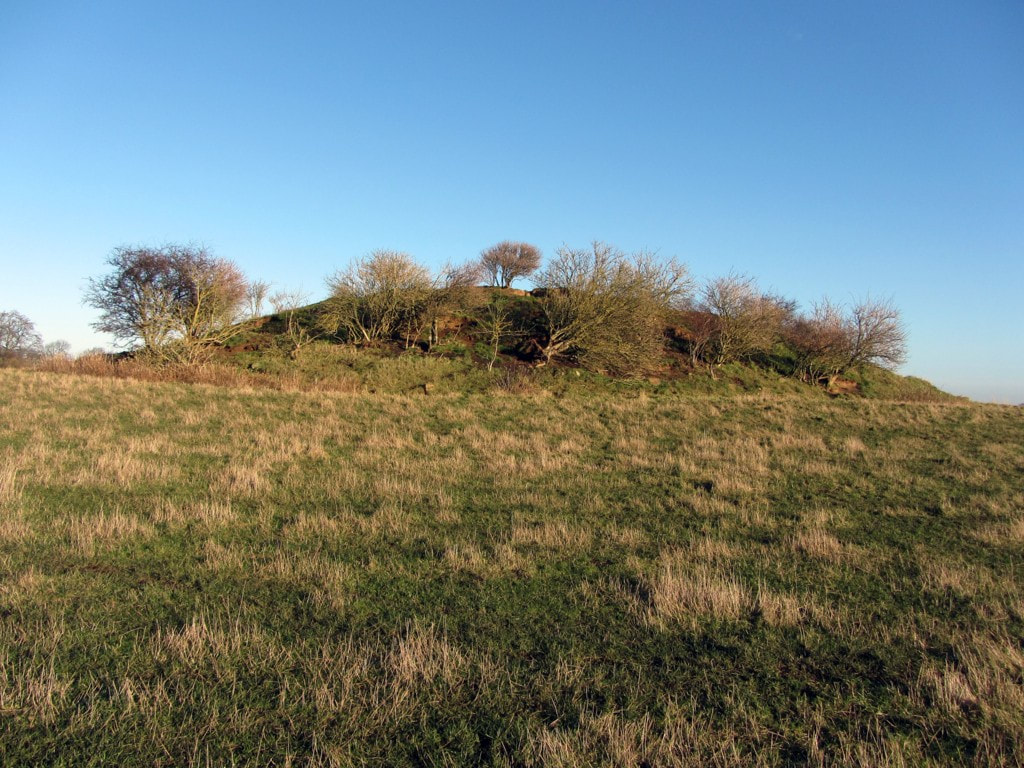



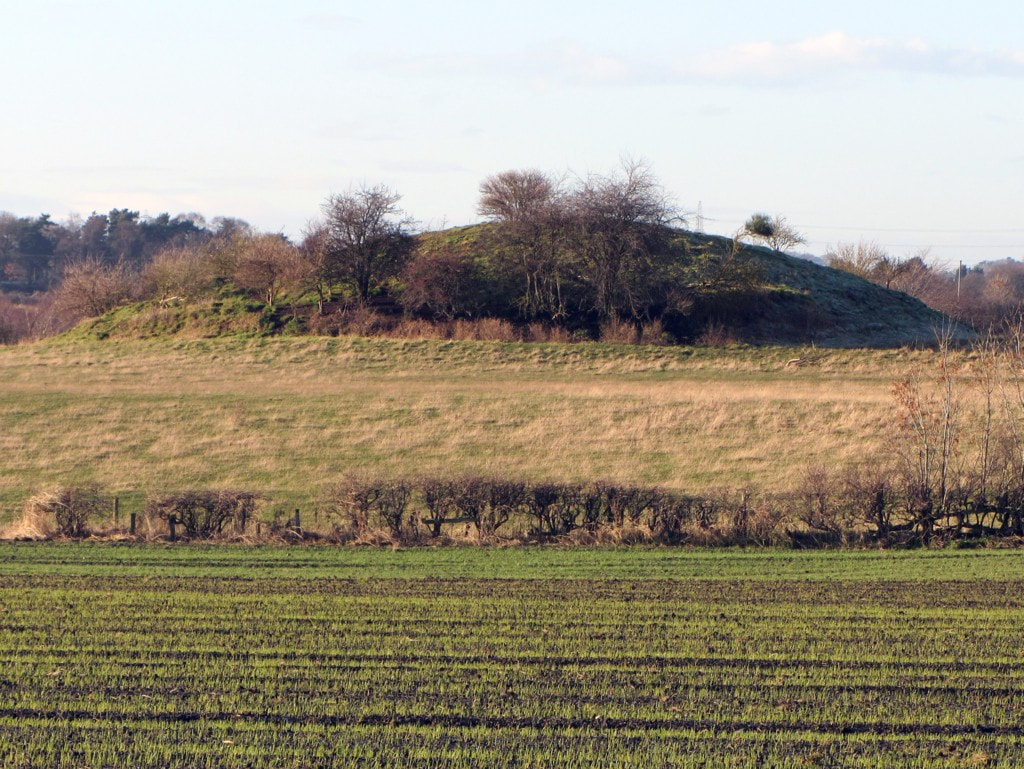

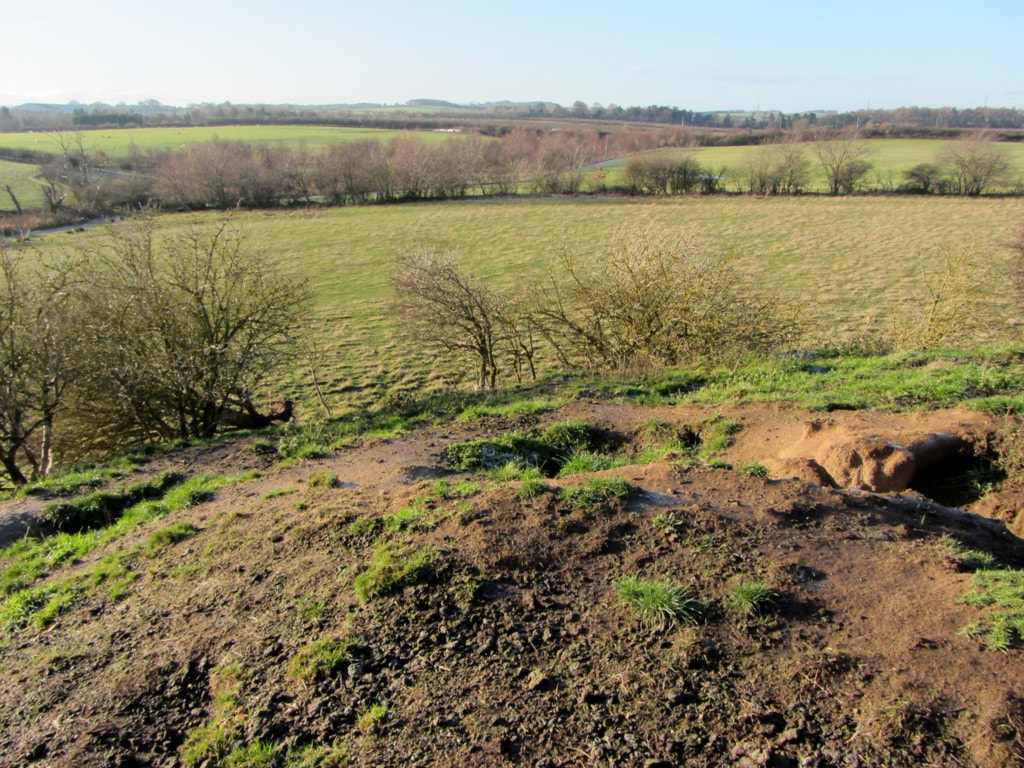

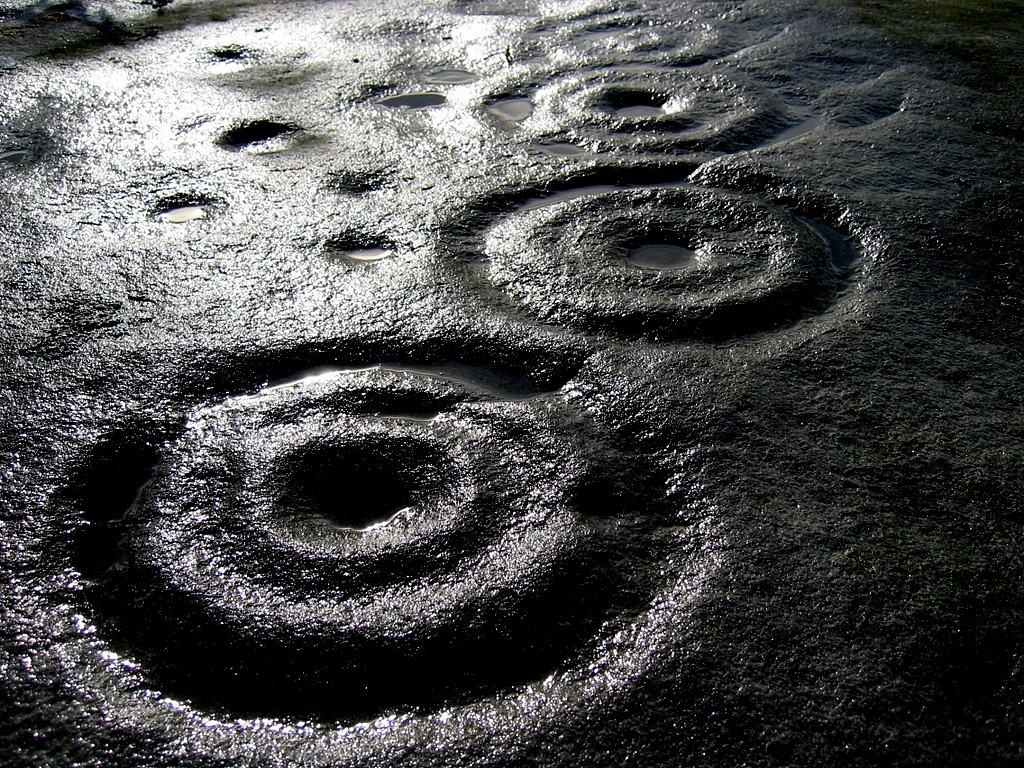
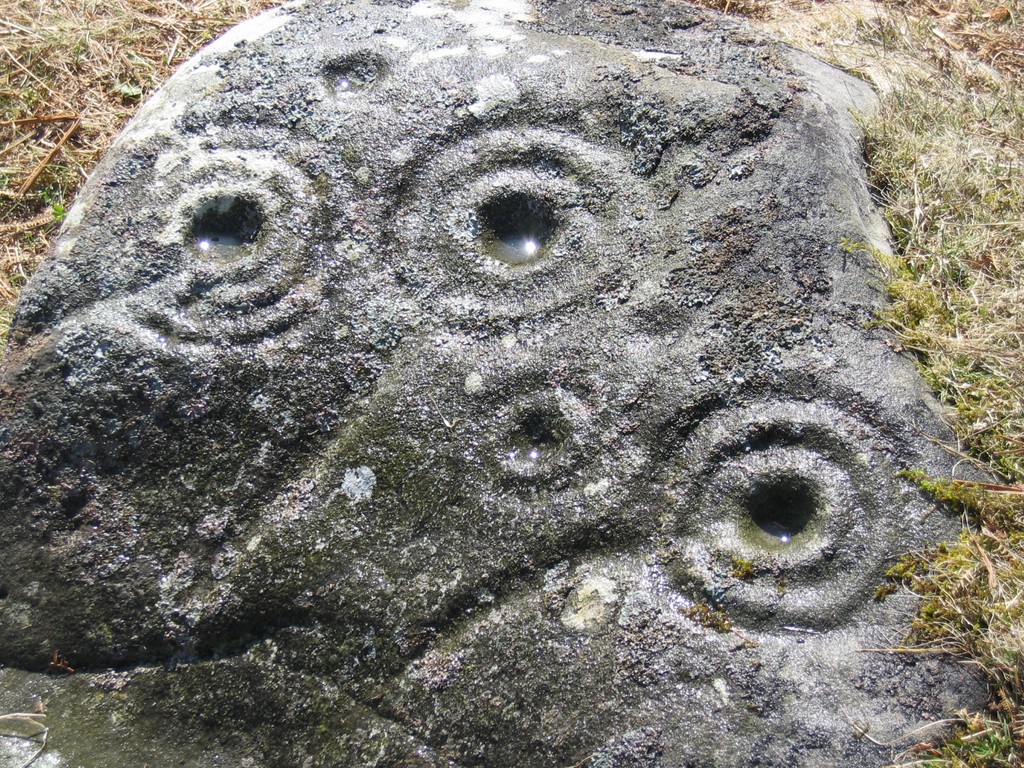
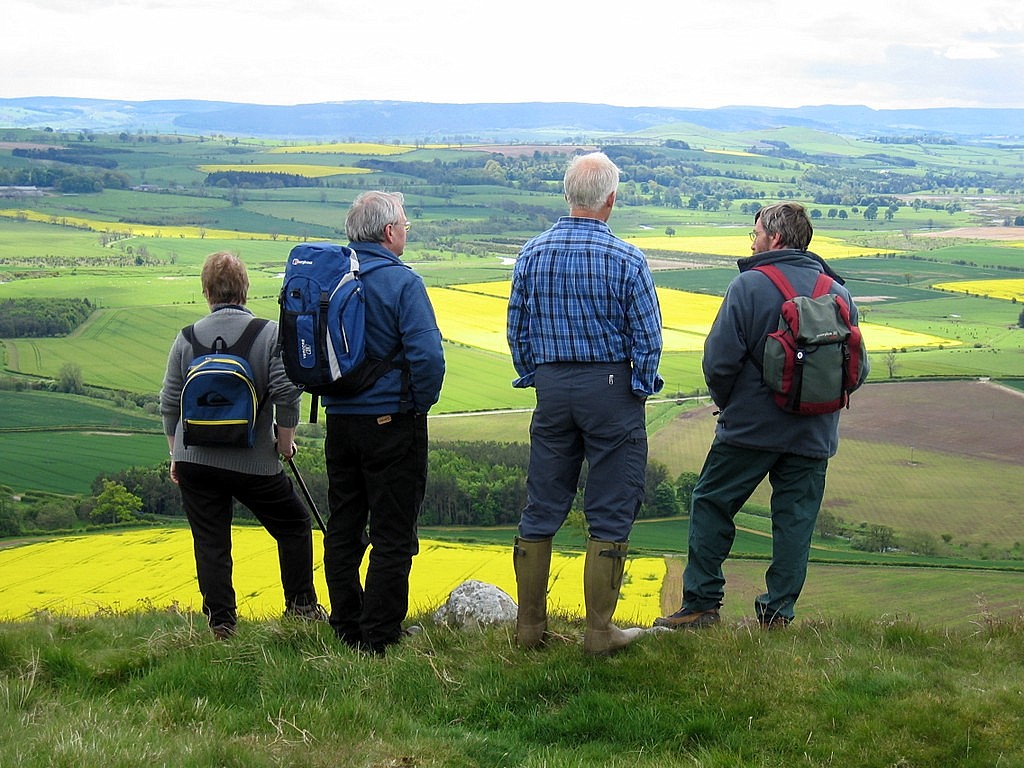
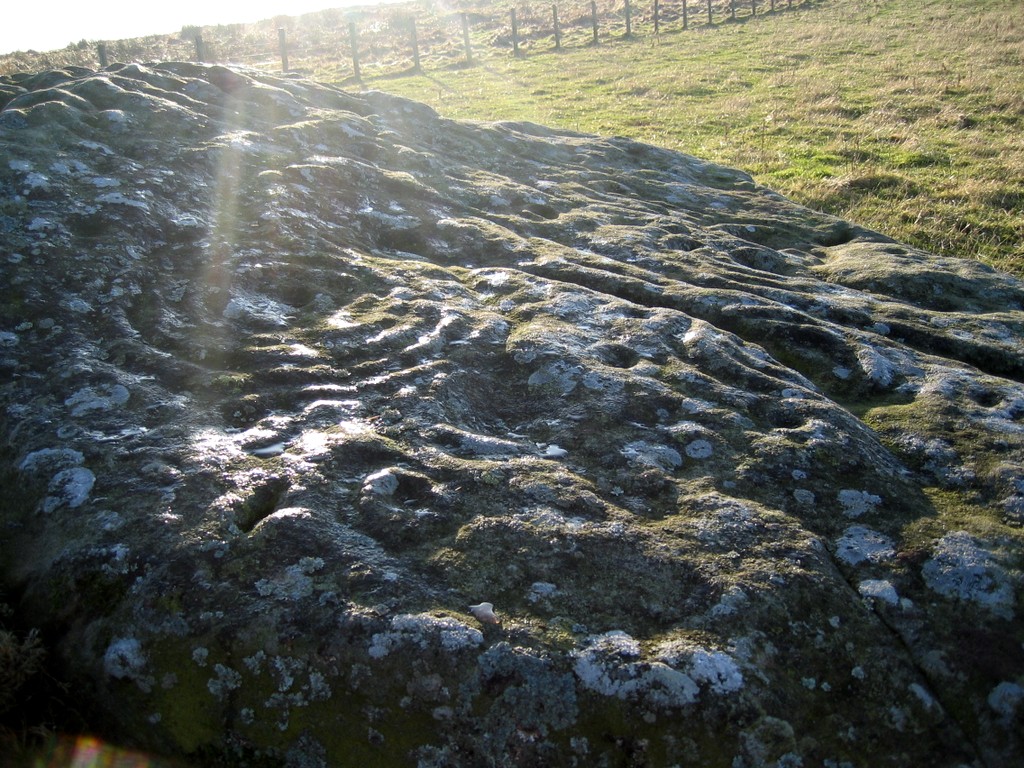
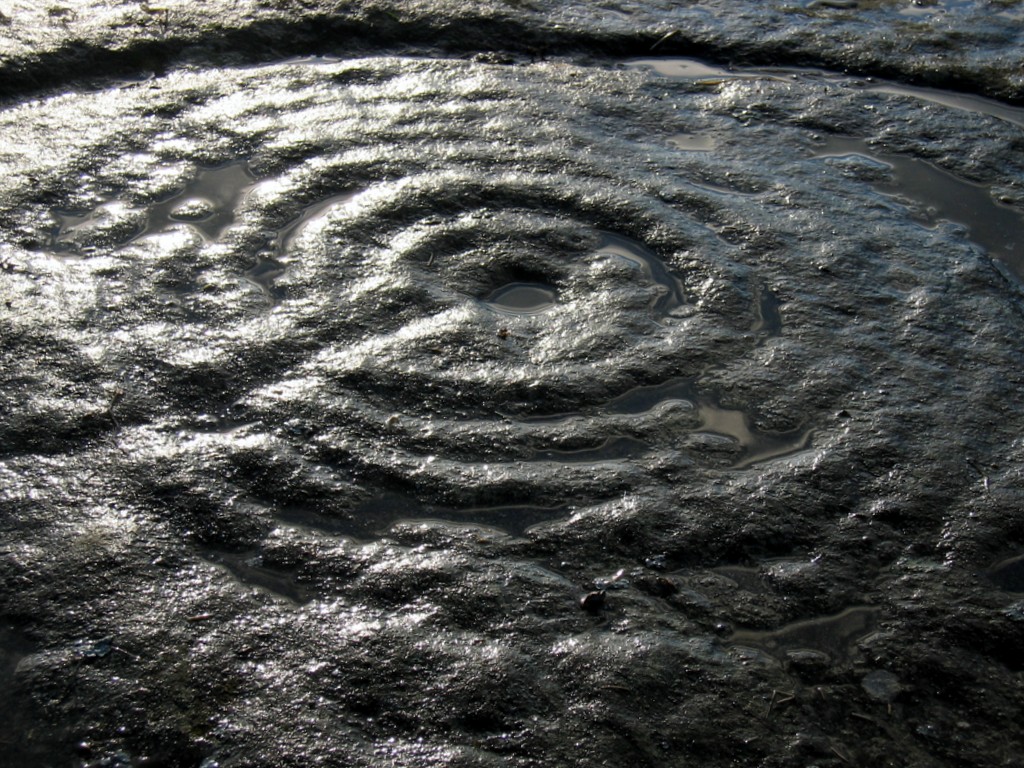
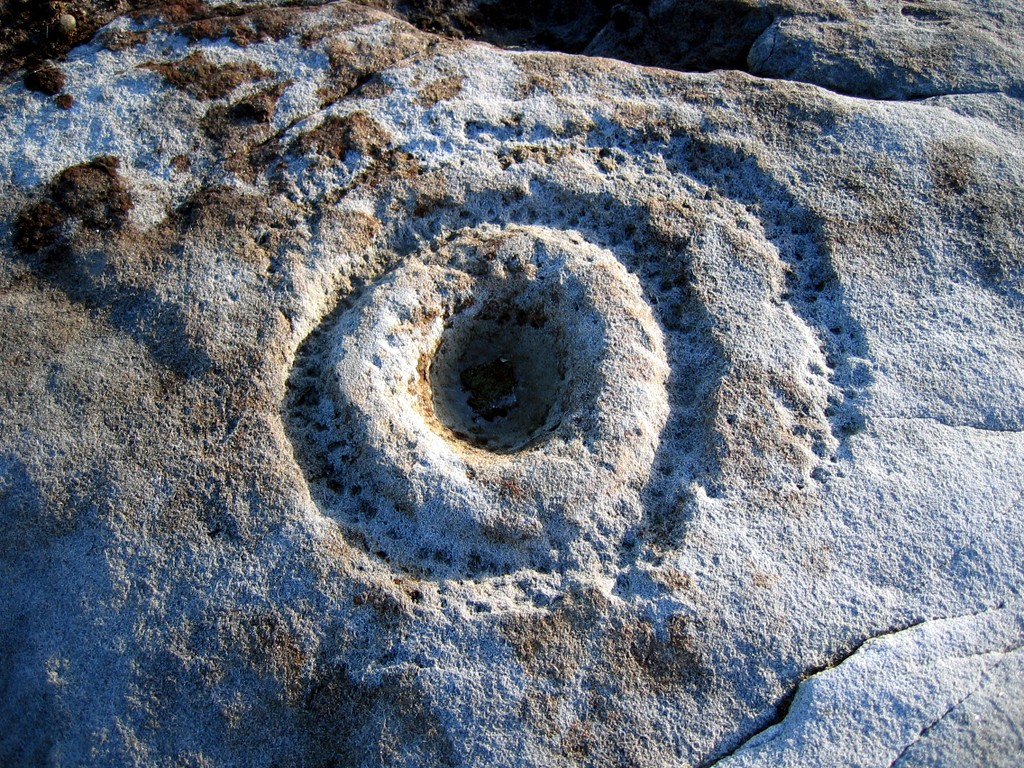
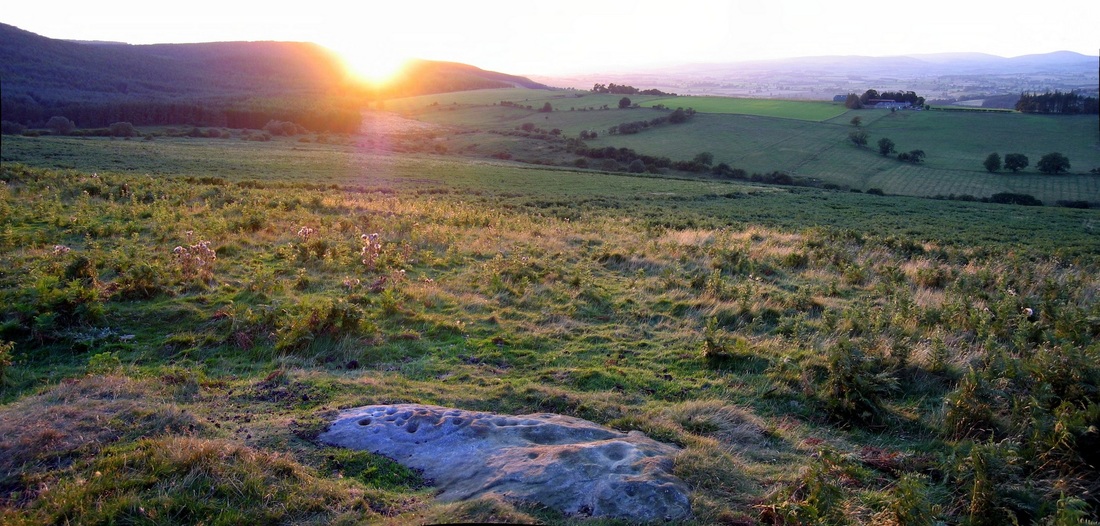
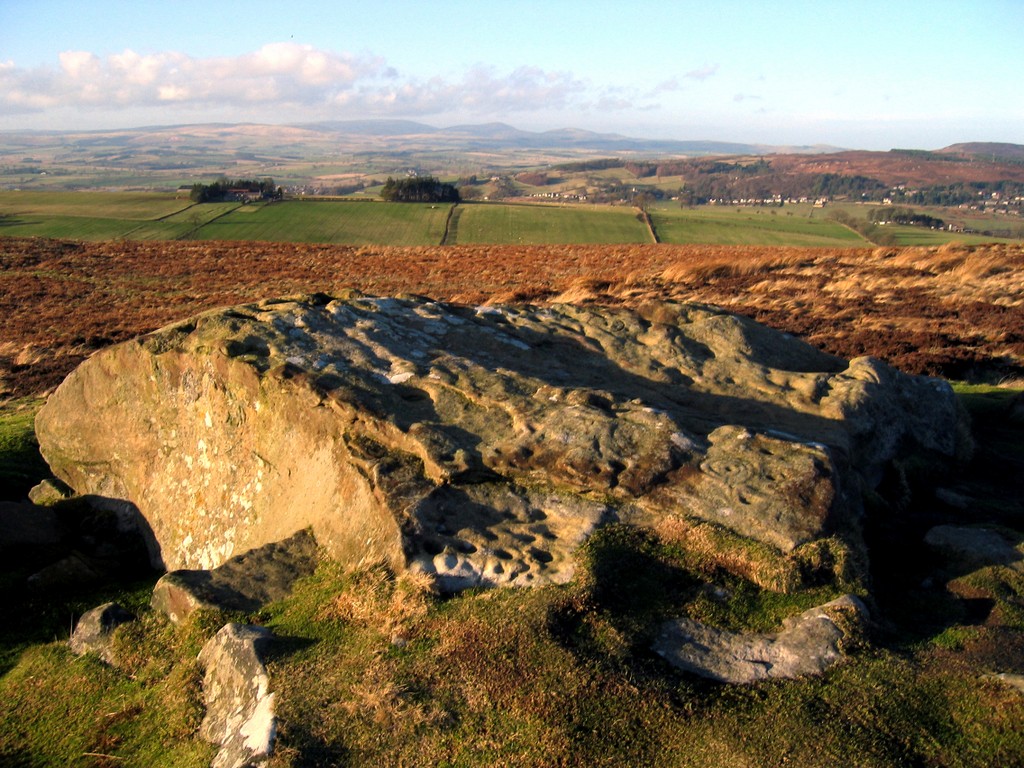


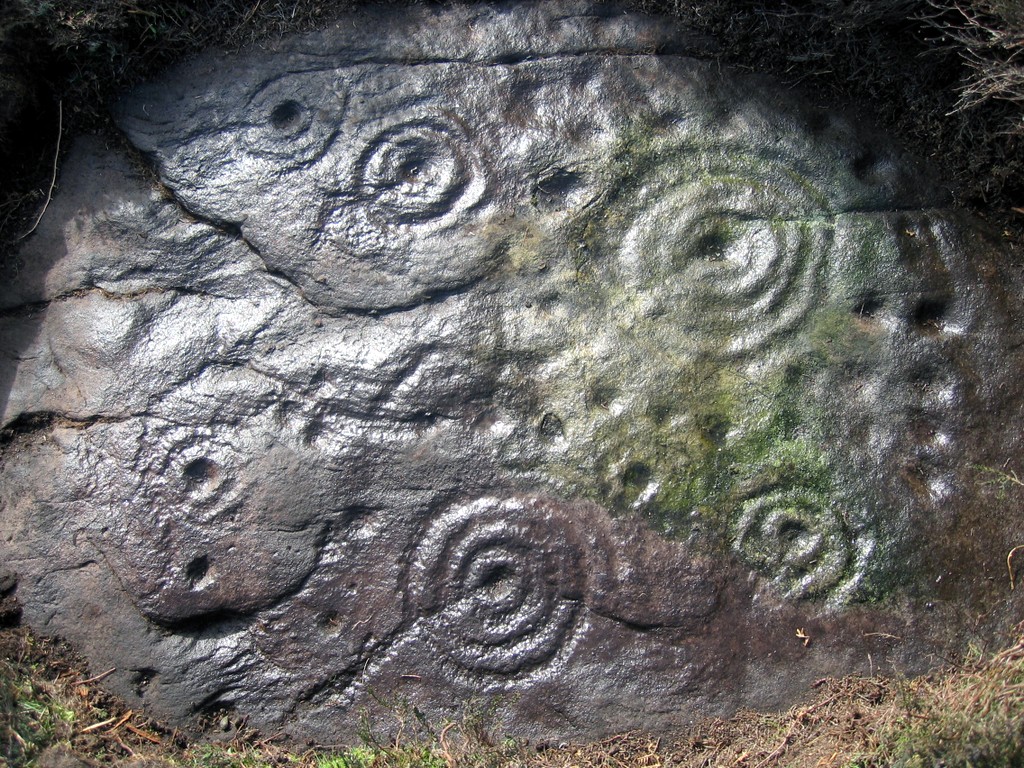
 RSS Feed
RSS Feed
